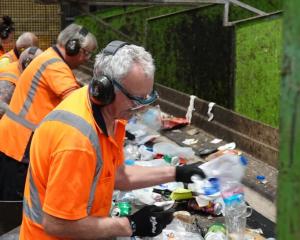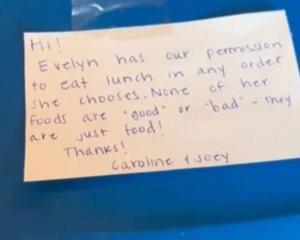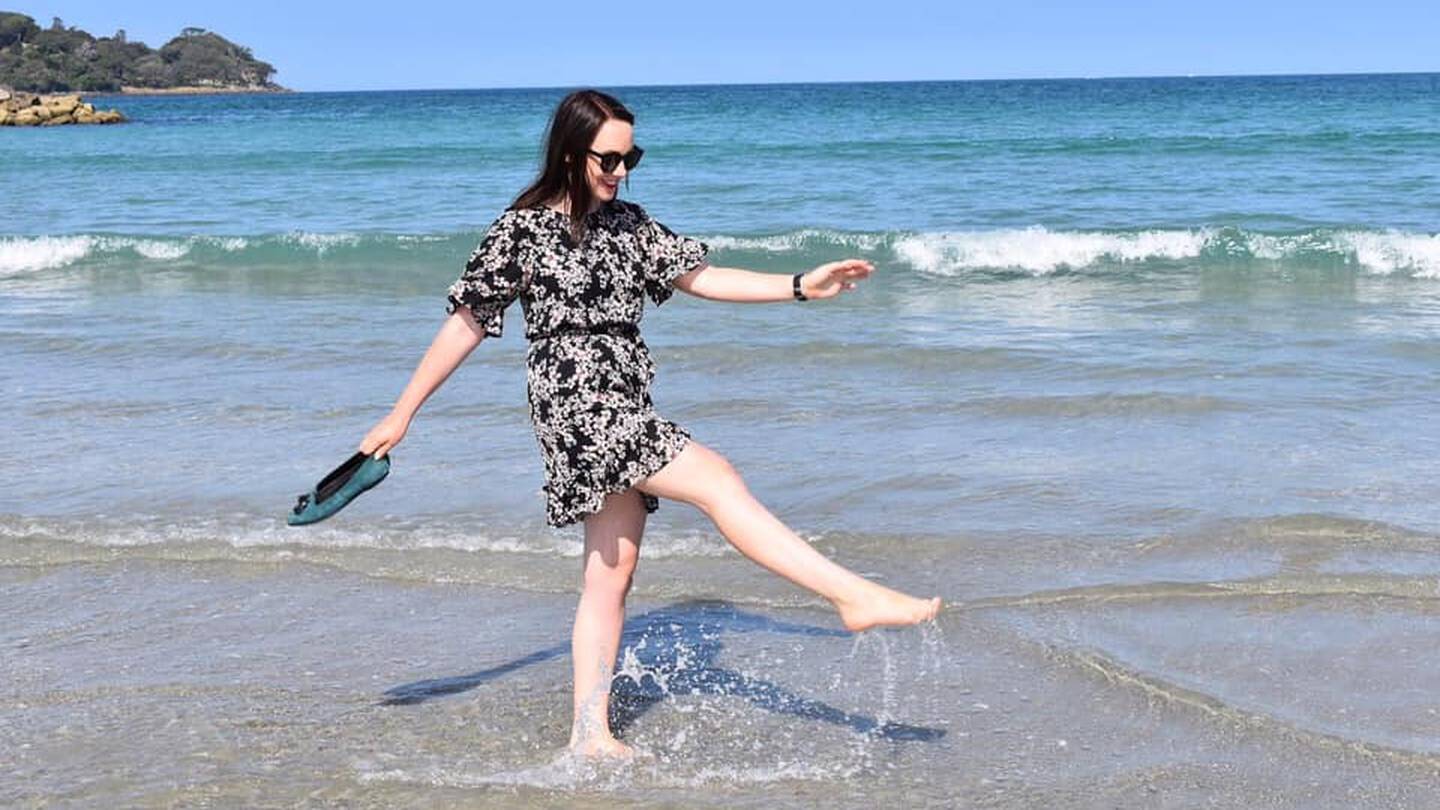
First of all, I managed to keep my New Year's resolution of only buying secondhand clothes through all of 2020. I'm quite pleased I actually managed to keep up a silly little personal challenge, given the whole, you know, pandemic situation.
But now the confession. I fell so deep into the world of secondhand clothing that I eventually ended up spending $130 on secondhand sneakers.
Before you judge, let me explain.
#CookingTheLooks2020 started mostly to see if I could. I've always enjoyed thrifting clothes; it helps with staying on budget while still allowing me the vice of vanity, and it also avoids the toxic fast fashion world that seems worse by the day.
So I decided to see if I could do only secondhand, for an entire year.
I talk about budgeting a lot in my day job as a personal finance specialist. One question comes up often; how do you choose between quality and price?
The answer is, I don't.
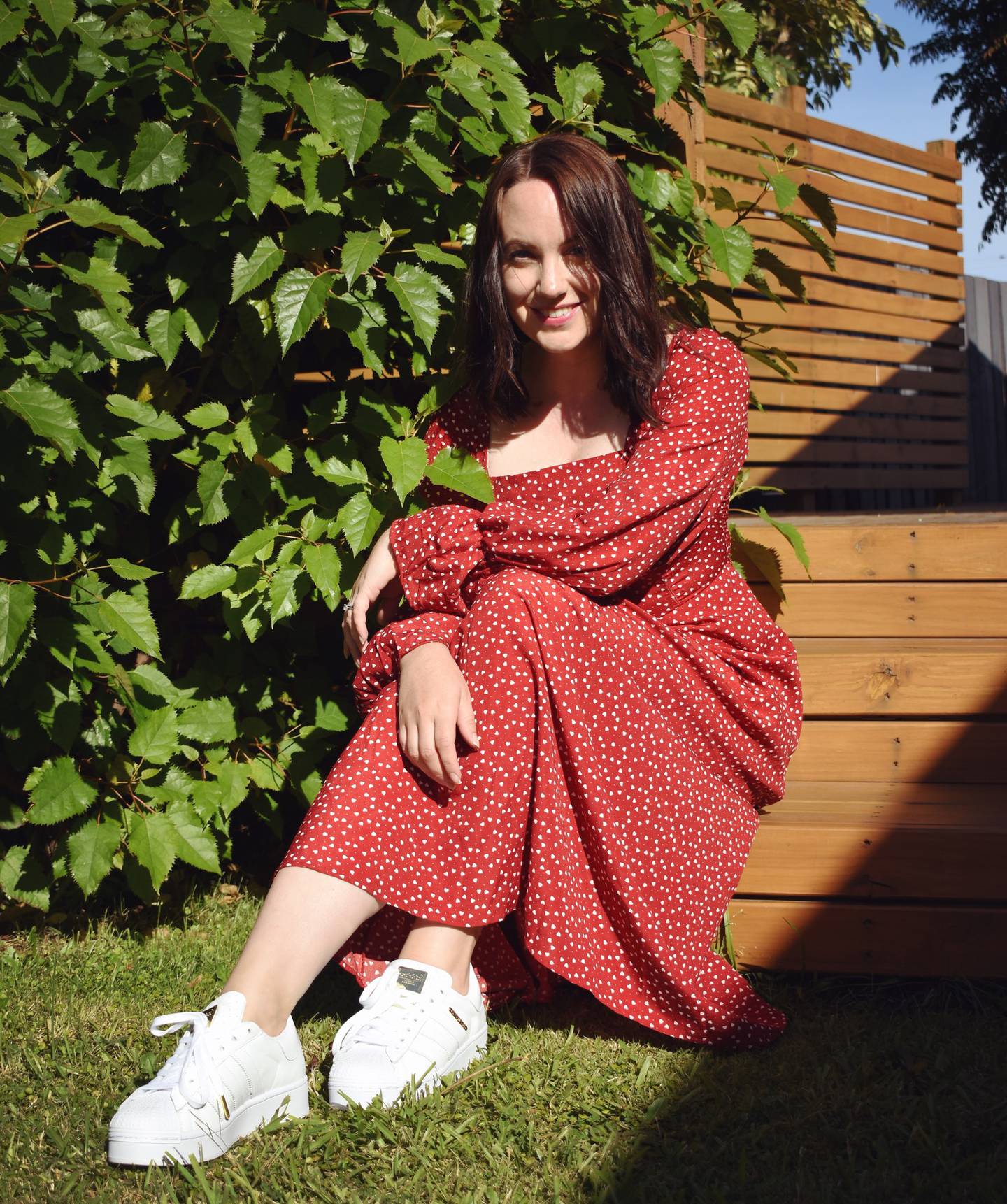
I'm talking a brand new merino jumper, tag still swinging from the neck, for $12. Boots still in their box, for $20. Without a secondhand store to sell these in, they would have been dumped in a landfill instead.
Then there are people who object that I'm taking away clothes that are needed by people who are on a lower income than I am.
Which is a concern that comes from a good place, but it's wrong for two reasons.
Firstly, there's far more supply of secondhand clothing than there is demand. Only one in five pieces of donated clothing are actually sold – the rest hangs around for days, weeks, then eventually goes to landfill.
So you can find yourself sifting through mountains of clothes, with lots of options, and no worries about missing out on the good stuff.
But the second thing is that there's a whole range of secondhand clothing, from the true bargains, to designer recycle that can still make your eyes water.
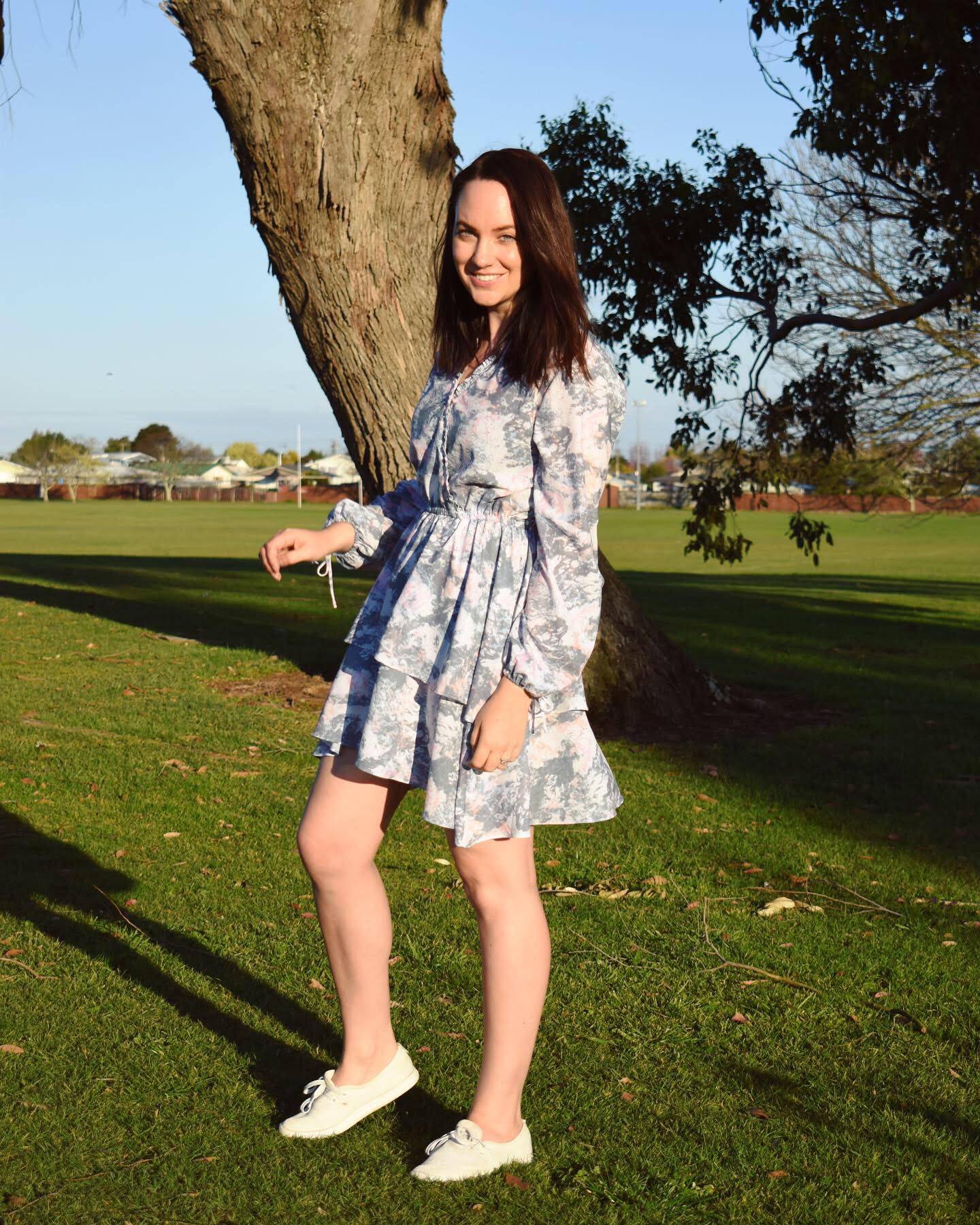
And so we come to the $130 sneakers.
I spotted them while having a scroll through Trade Me. I wanted a pair of white sneakers , ideally unworn, which is a fairly rare item to come across in the secondhand world.
So when I spotted a pair of Adidas Superstars, I had to instantly hit save to the watchlist.
They were brand new, unworn, and originally $200. They were also listed at $150.
That seemed like quite a lot to spend, when so far I'd spent about $30 max on any other item.
I decided to be sneaky, and hope that they wouldn't sell first time around. Sure enough, the Trade Me listing closed unsold, so I sent through a request for a fixed price offer.
This can be a sneaky way to get a discount, as often the seller will knock off some of the price just to secure a sale.
They came back to me with an offer of $130. Which was still steep. But capitalism being what it is, the market dictates, and I wanted those shoes.
I tell myself that I still got a bargain compared to buying them from the original store.
This is true of many designer recycle stores. You can find secondhand Gucci for $400, Karen Walker for $70.
It's still less than it was new, and sometimes, you want that taste of fancy.
You can definitely dress preloved without looking preloved.
Even better, choosing to shop secondhand has this year broken me out of a major style rut.
When I was spending $120 on one new dress, I wanted to know I would wear it a lot.
What did that mean in practice? A lot of black, safe choices, with no sparkle, no personality.

The bright yellow dress seemed less risky, and earned me compliments every single time I wore it. I paired it with black heeled boots, bought secondhand but still brand new languishing in their box, with metal hardware that I would have thought I "wasn't cool enough" for before.
I tried them secondhand. Then lived in them.
Whatever end of the secondhand budget you're shopping at, there are great, quality options waiting for you.
I have a favourite dress that I wear on-camera for work all the time, that cost $5 from the Salvation Army. I quite enjoy wearing it next to businessmen in expensive suits.
I also am making sure I get my money's worth from those $130 sneakers. Life's all about balance.
So want to join me for #CookingTheLooks2021? Because I reckon I'm ready for another round.
Top tips for shopping secondhand
Shop by colour
When you first walk into some op shops, it can be quite overwhelming, with stacks of clothing everywhere.
Luckily, many shops organise themselves in a way that helps you out. Most are sectioned by colour, so you can pick the section with your favourite colours and start there.
Once you've got a few options, nip past the other sections, but the pressure will be off because you've already found some things.
Different stores for different price points
Whatever your budget is, there are plenty of secondhand options.
I go to charity stores such as the Salvation Army or Red Cross for true bargains, resellers like Recycle Boutique for the middle ground, and designer recycle for when I want something fancy and am willing to pay for it.
Whenever I've needed something weirdly specific, I turn to the internet.
For instance, before the world shut down, I was planning to hike to Machu Picchu, partly fuelled by the savings of shopping secondhand.
Hiking pants, woollen jumpers, and long johns were all found with a rather specific search on TradeMe.
Enjoy the chance to try new things
With the price pressure reduced, you have more freedom to try out different things that you weren't sure would suit you before.
While I once stuck to the traditional New Zealander's all black everything, I've found myself branching out into bright yellows, hot pinks, and rich greens.
I've never had so many compliments, and have quite enjoyed trying something different.
Worst case scenario, you buy something for $8, don't enjoy it, and donate it back so that someone else can give it a whirl.



